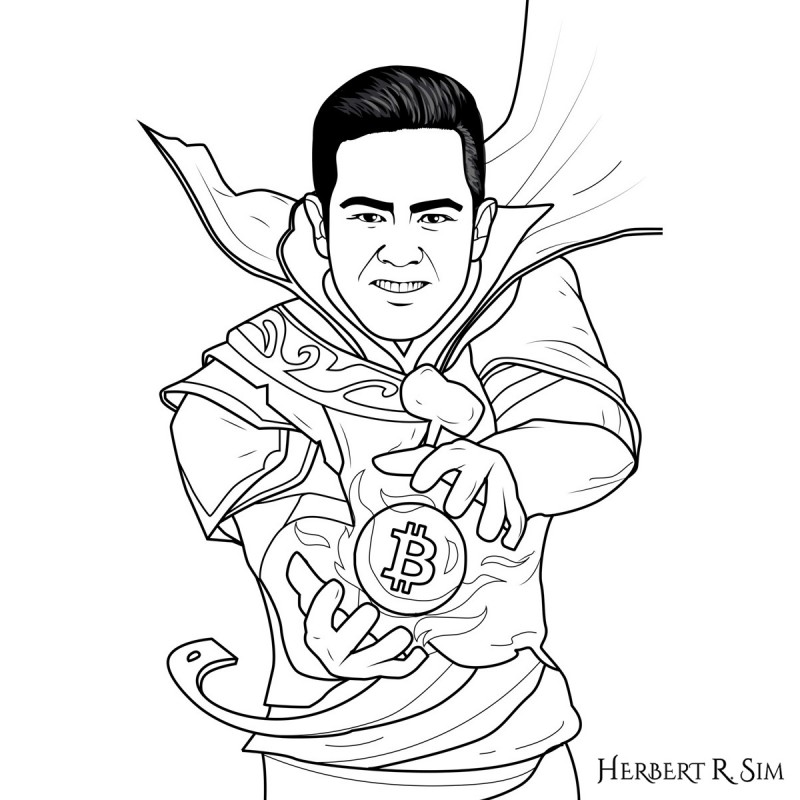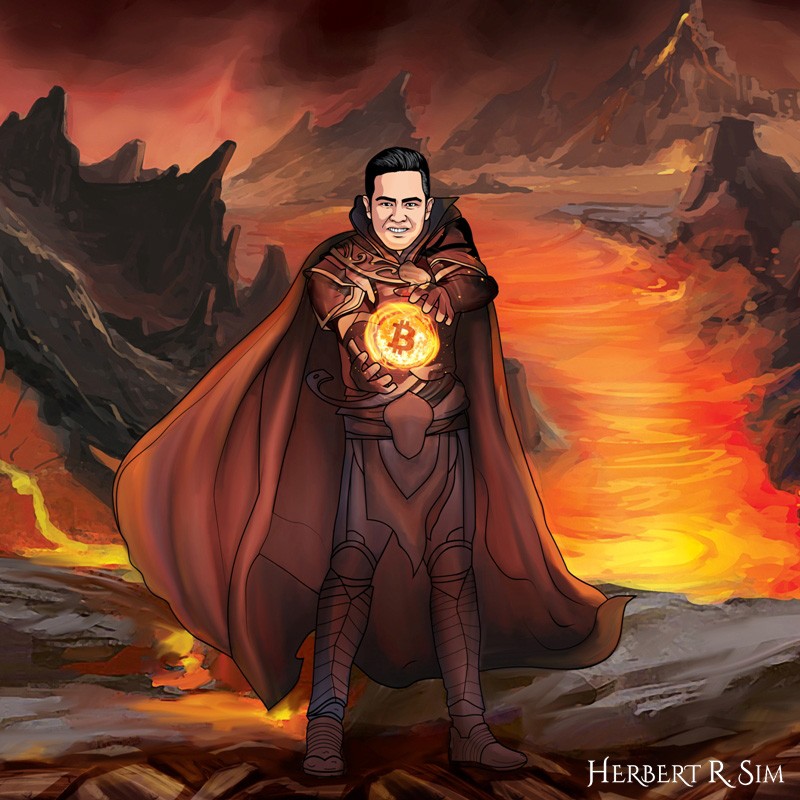
Above is my digital illustration sketch entitled “Channeling the Bitcoin: Magic or Sufficiently Advanced Technology”
———————————————————————
Bitcoin is busting out of its range that had been in place for the middle part of January. The cryptocurrency spent the past two weeks trapped at the $880 to $920 resistance level but has finally broken through.
Bitcoin has had a wild start to 2017 after rallying more than 120% in 2016 to become the top performing currency for a second straight year. It rallied more than 20% in the opening says of the year, crossing the $1,000 level for the first time since November 2013 before tumbling more than 35% amid worries that China was going to crack down on trading. Recently, the cryptocurrency has shrugged off the news that China’s three largest bitcoin exchanges (BTCC, Huobi, OKCoin) will begin charging a flat fee of 0.2% for each transaction.
Arthur C. Clarke’s third law famously states: “Any sufficiently advanced technology is indistinguishable from magic.”
What Bitcoin makes possible can at first seem almost magical, or just impossible (and therefore most likely fraudulent or otherwise doomed). The following describes the basic technical elements behind Bitcoin and how it brings them together in new ways to make seeming magic possible in the real world.
Clarke’s second law states: “The only way of discovering the limits of the possible is to venture a little way past them into the impossible.”
All three laws appear in Clarke’s essay “Hazards of Prophecy: The Failure of Imagination”, first published in Profiles of the Future (1962), pp. 14, 21, 36. And this, we can see in retrospect, is basically what Bitcoin creator Satoshi Nakamoto did. Few at the time, even among top experts in relevant fields, thought it could really ever work. It works.

Above is my digital illustration sketch in color entitled “Channeling the Bitcoin: Magic or Sufficiently Advanced Technology”
———————————————————————
One reason many people have a hard time understanding Bitcoin is that it uses several major streams of technology and method, each of which is quite recent in historical perspective. The main raw ingredients include: an open-source free software model, peer-to-peer networking, digital signatures, and hashing algorithms. The very first pioneering developments in each of these areas occurred almost entirely within the 1970s through the 1990s. Effectively no such things existed prior to about 40 years ago, a microsecond in historical time, but a geological age in digital-revolution time.
Some representative milestone beginnings in each area were: for open-source software, the GNU project (1983) and the Linux project (1991); for peer-to-peer networking, ARPANET (1979) and Napster (1999); for digital signatures, Diffie–Hellman theory (1976) and the first RSA test concept (1978); and for hashing algorithms, the earliest ideas (around 1953) and key advances from Merkle–Damgård (1979). Bitcoin combines some of the best later developments in each of these areas to make new things possible.
Since few people in the general population understand much about any of these essential components, understanding Bitcoin as an innovation that combines them in new and surprising ways, surprising even to experts within each of those specialized fields, is naturally a challenge without at least a little study.
Not only do most people not understand how the Bitcoin puzzle fits together technically, they do not even understand any of the puzzle pieces!
In the article “Bitcoin: Magic, Fraud, or Sufficiently Advanced Technology?” by Konrad S. Graf on Bitcoin Magazine, Graf provides just enough detail to achieve a quick increase in the general level of public understanding. A highly recommended reading.
———————————————————————

